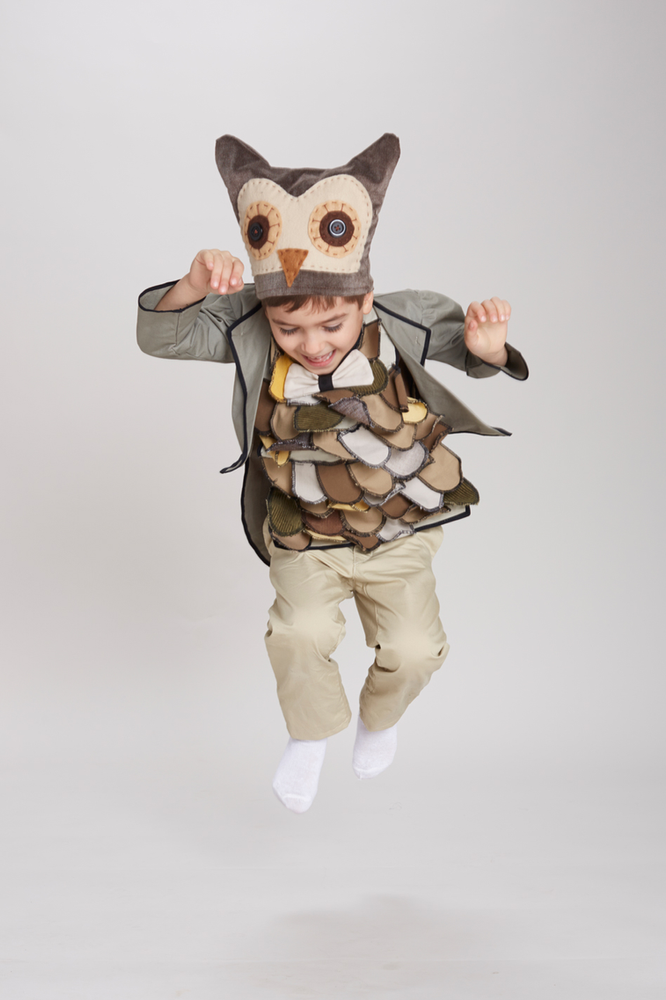
Montessori’s writings can be challenging for us as readers. She is both theorist and scientist, poet and professora. She presents to us the empirical data of scientific observation to be able to justify the ephemeral conclusions she makes about our spirits, the noble phenomena she assigns to the nature of the child. Working our way through her writing, generations later, we often choose one end of the spectrum or the other: Montessori’s reliance on a scientific observation of children to better prepare environments to serve them or Montessori’s gentler observations on the spiritual nature of childhood to better preserve the sacred period of life. We see this choice in so many Montessori schools, choosing between the academic outcomes that come with a more controlled, more limited climate or the open-ended exuberance that comes from full and free choice.
We don’t need to put Montessori in a corner. Her writing is complicated and challenging and seemingly boundless because she’s describing the nature of children, complicated and challenging and seemingly boundless, marked both by scientifically precise predictability and a holy and wholly individual poetry. Montessori brings the curiosity of a scientist to the phenomena of the child, and in doing so, she embodies the sense of wonder that we know children, too, experience when their curiosity absorbs them.
“He has not been placed in the world in order to enjoy beautiful things,” she tell us, “He has been placed here to make the world better.” Our work is not to force the child to work, but to allow the tools they need and the space for them to change the world in the ways they feel drawn to do so.
You can’t fix the world with a plastic hammer.
Children need real experiences with real tools, shared with them in ways that allow them to build their own physical ability to manage the tools, their intellectual ability to use them with intention, and their personal agency to know that they can do so in a way that makes things better. We offer children real tools because we respect the work they have to do.
You can’t fix the world with a plastic hammer.
And if we are to provide the child with the tools they need and the space within which to use them, we have to begin by observing the child. We have to begin by practicing a scientific observation of a sacred phenomenon, using the structures of objective, systematic observation to allow us to glimpse the parts of childhood that would otherwise be hidden by confounding factors.
Remember this child. He is four years old and filled with the rambunctious, circle-distracting, chair-willing, shoe-tossing energy of a spirit poured into a body too small to hold it. He refuses lessons. He says no. He sometimes hurts other children. He sometimes hurts you. He is, his mother tells you, “incorrigible.” When you look him in the eye, he stares you down until you feel the conflict between you force you to look away.
Remember this child. He is four years old and filled with abundance, abundant energy, abundant anger, abundant loyalty, abundant strength. He is in constant motion, and the muscles on his arms and legs reflect it. Until the baby-washing work is available. He has not had a formal lesson, but he takes it from the shelf anyway. He is well into the process before you notice, apron on, basin filled, baby doll soapy and soaking. You can interfere. You can tell him to put the work away. You can pick another fight. Or you can observe.
Remember this child. He hold the baby doll’s head behind the neck, cradling the doll as though it is a real baby. He reaches with his free hand for the towel, and drapes it along his shoulder before reaching to lift the baby from the water. He rests the doll against his chest, wrapping it gently with the towel as he rocks it back and forth, back and forth.
He is filled with abundance. Abundant love. Abundant compassion. Abundant control. The baby doll doesn’t know he is “incorrigible.” He doesn’t know you’re observing him.
Children can be all these things at once. They are. Complicated and miraculous, challenging and affirming, filled with conflict and filled with joy. If we insist that we already know who they are, because we’ve read some books about child development or finished some certificate program, we will limit them to one side of the spectrum. Preparing ourselves as Montessori teachers or parents requires us to know how to observe, to understand the predictable development against which we consider each child. But it doesn’t stop there. We prepare ourselves to observe children so that we can see what we don’t already know.
When a child confuses you, be grateful for the confusion. When a child challenges you, be grateful for the challenge. When they behave unexpectedly, when they insist on their own agency even when it’s in conflict with yours, be grateful for the conflict. Those are the rabbit holes for our observations. Presume less. Observe more. Demand less. Observe more. Insist less. Observe more. Our work is not to force the child to work, but to allow the tools they need and the space for them to change the world in the ways they feel drawn to do so, and to observe them with enough care and without judgment to know what those are. Remember this child. “He has been placed here to make the world better.”
* A response to Chapter 5, A New Orientation, The Absorbent Mind. M. Montessori
